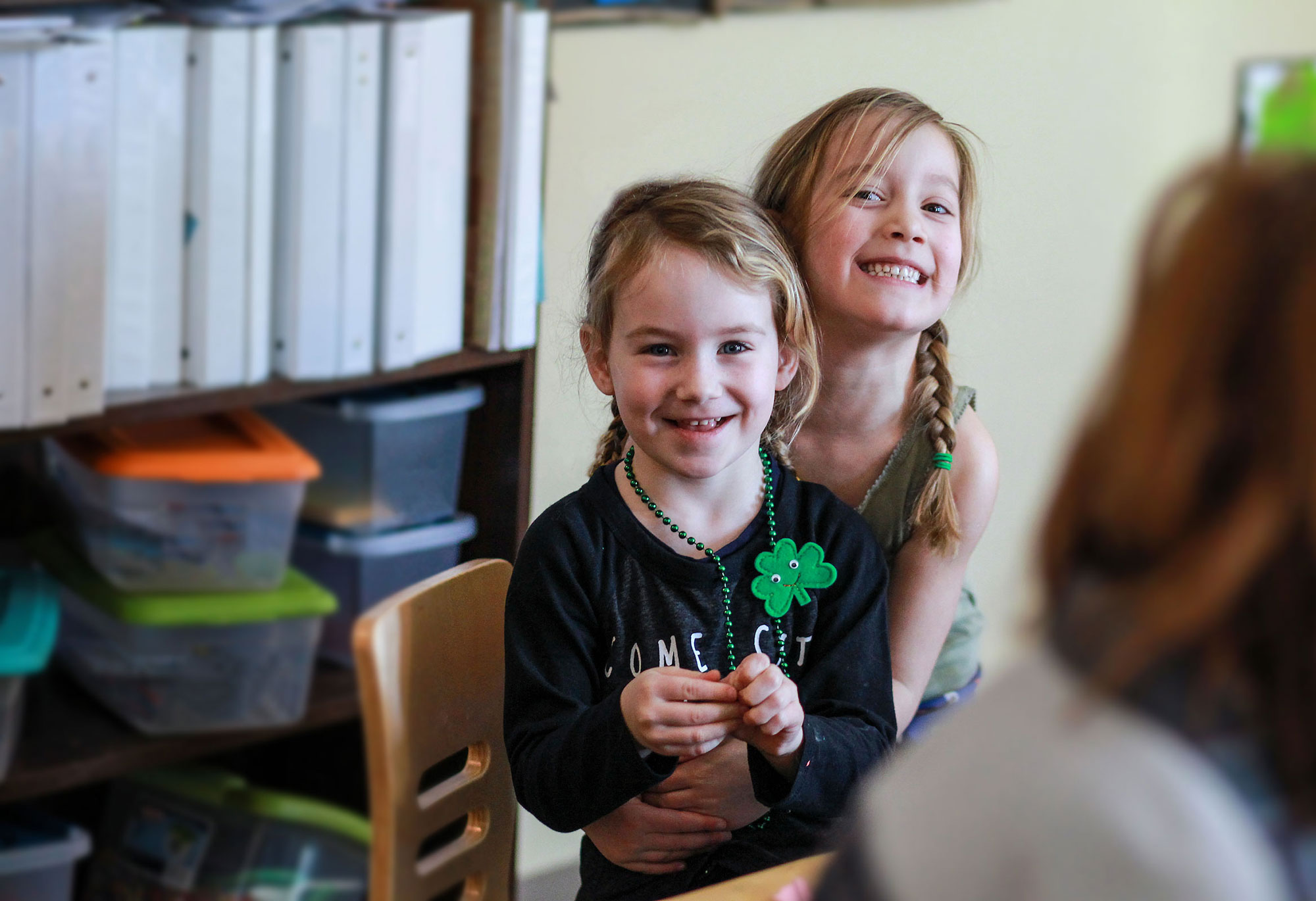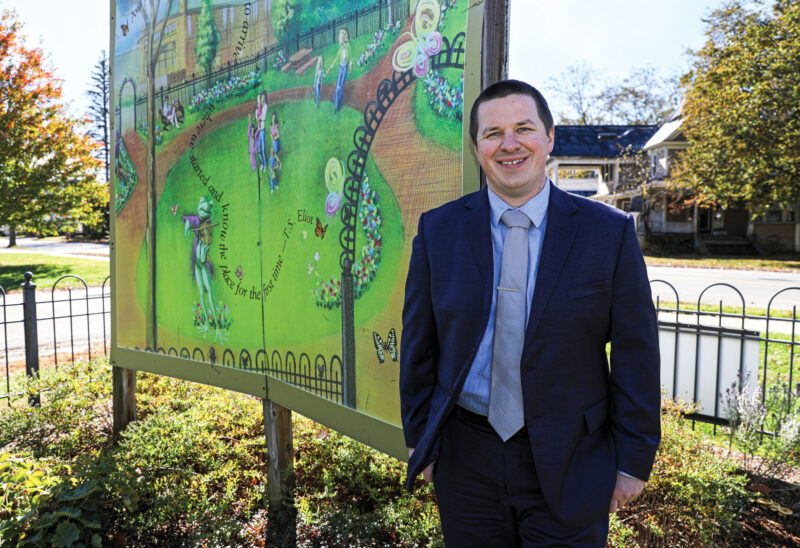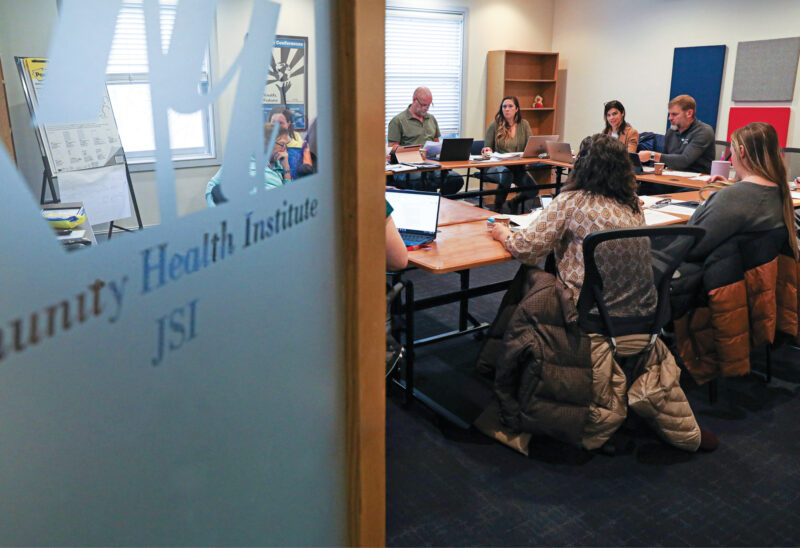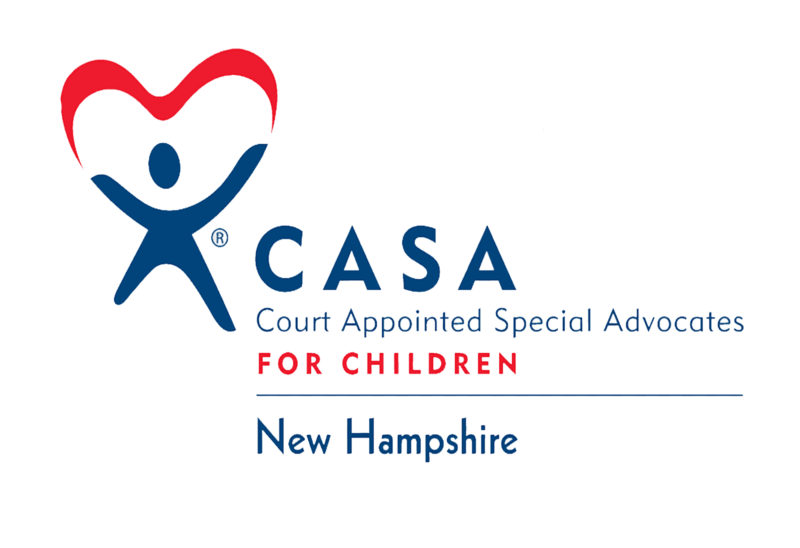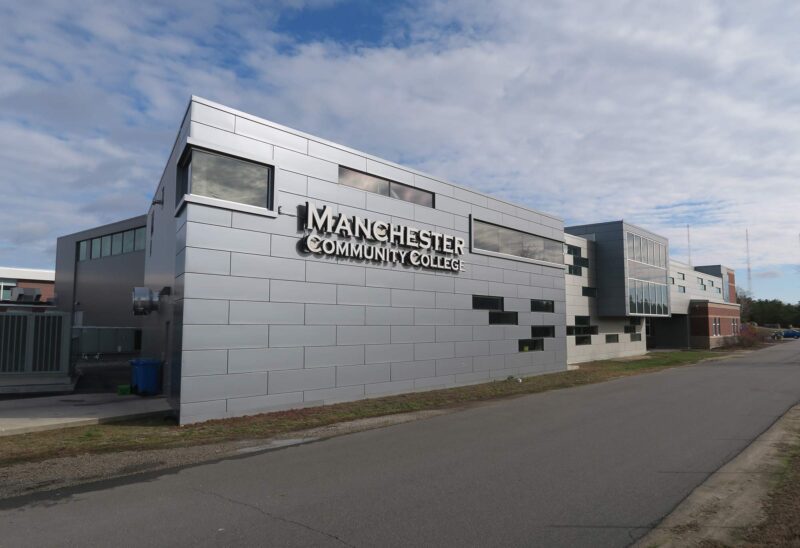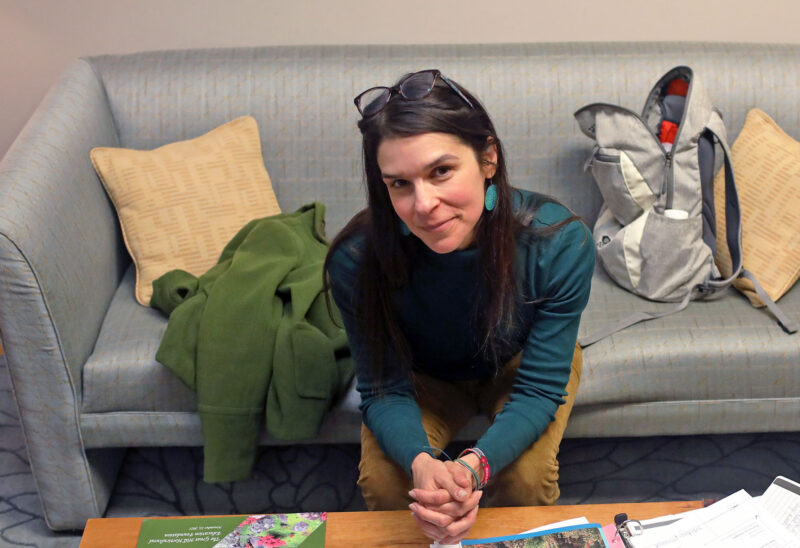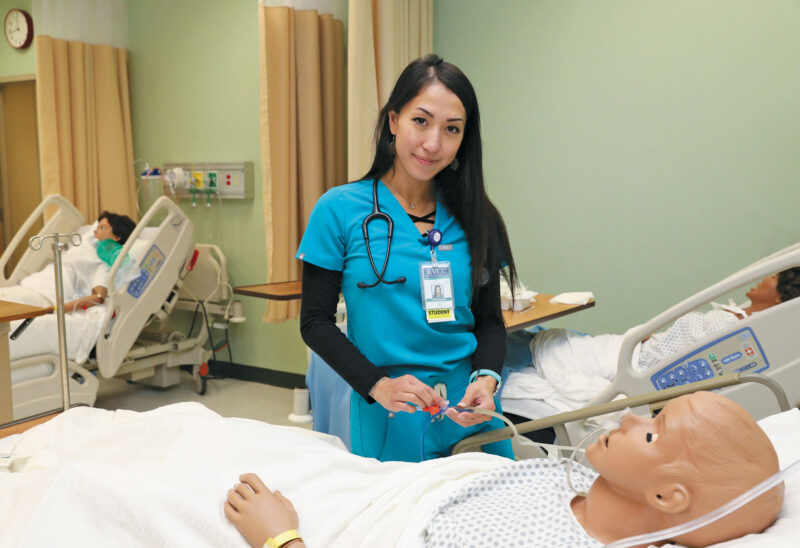Each year, the Annie E. Casey Foundation releases its Kids Count Data Book, ranking states on child well-being using a selected set of indicators in economic well-being, education, health, and family and community. New Hampshire typically ranks in the top five, with 2017 being no different. In fact, this year New Hampshire ranks at the top, as the number one state for child well-being in the country, a jump from fourth in 2016. We have ranked first in the past, most recently in 2013.
The numbers are really, really good. But they are also averages. And the averages mask a very real and persistent problem in New Hampshire (and in the rest of the country): the disparate access to opportunity, and very different outcomes, for kids based on where they live and how much money their parents earn.
The Charitable Foundation tracks this data closely as we work to narrow this “opportunity gap” and help all of our kids reach their full potential. When kids have the chance to reach that potential, they can become the thriving adults who will contribute to and sustain our communities tomorrow – which means that everyone does better.
The Kids Count data also remind us that, because New Hampshire does very well overall, we are starting out at a better place for solving the problem of the opportunity gap than states with much worse overall outcomes for kids.
Here is how New Hampshire ranked in each area, and what that means for our kids and the state’s opportunity gap:
Economic Well-Being
NH Rank: 4 (up from 7th in 2016)
New Hampshire has a lot to offer to its little ones. To some degree, it should. New Hampshire, after all, is one of the richest states in the country, with a median household income of $75,675 per year, and an overall poverty rate of 7 percent, the lowest in the country. This wealth is apparent in New Hampshire’s score on economic well-being indicators. New Hampshire also has the lowest child poverty rate in the country. But we have a higher rate of childhood poverty than that of poverty overall: While the overall poverty rate is seven percent, New Hampshire’s child poverty rate is 11 percent. That means that 28,000 of our kids are living in poverty – a number roughly equal to the combined populations of Portsmouth and Plymouth.
And as with most data points, this one alone does not tell the full story.
As I have mentioned in a previous blog, the national poverty rate is based on a calculation for the entire country, not taking into account state-to-state differences in costs of food, housing, or other needs. In 2017, a family of four earning below $24,600 falls below the federal poverty line. While a relatively small percentage of kids fall below the poverty line, New Hampshire’s high housing costs mean that many more families are struggling even if their incomes are above the poverty level. Due to New Hampshire’s high housing costs, the number of kids who live in households with high housing cost burdens (defined as spending more than 30 percent of pre-tax income on mortgage or rent payments) is quite high. While 11 percent of children are considered to be “in poverty,” in New Hampshire, a whopping 26 percent of children live in households with a high housing cost burden – a rate higher than that of 11 other states. And the cost of other basic necessities – like transportation, electricity and heat – are also notably higher in New Hampshire than in many other states. Thus, when we take into account New Hampshire’s high cost of living, it is clear that many more families are struggling here than the relatively few who are considered to be below the poverty line.
And we know that when kids grow up in poverty, they face a vast array of challenges that make it much harder for them than their wealthier peers to reach their full potential.
Education
NH Rank: 3 (up from 4th in 2016)
By fourth grade, 46 percent of New Hampshire students are proficient in reading. While that number may not seem high, it is the second best in the country. Similar results are seen in eighth-grade math scores. As with all averages, these high scores mask some of the vast discrepancies we see among schools across the state. District-level data show that schools with a higher percentage of low-income students tend to have lower average scores. Dr. Robert Putnam, author of “Our Kids, the American Dream in Crisis,” argues that a family’s income should not determine a child’s success in school. But it does. In adjacent districts in New Hampshire, fourth grade reading-proficiency test scores can vary by as much as 50 percent. Many factors contribute to those discrepancies, to be sure. But the discrepancies are telling. And they illustrate the ways in which the state’s overall high average can provide false security and mask vast differences in outcomes based on geography. What’s also interesting is that research shows that children from families that are struggling economically fare better academically if they attend schools with peers from wealthier families. Thus, one way to stop the growing opportunity gap is to ensure that families with different income levels share communities and school districts. New Hampshire still has more mixed-income towns, neighborhoods and school districts than much of the rest of the country – which is good news, and presents a unique opportunity to narrow some of these discrepancies in outcomes among our kids.
Health
NH Rank: 18 (up from 25th in 2016)
Out of the four domains, New Hampshire scores lowest in health, a result of the state’s still-high teen substance use rate and average ranking in the number of low-birth-weight babies. The health domain’s substantially improved ranking from last year is mainly the result of a large decrease in the number of children without health insurance. In the 2016 Kids Count report, New Hampshire had 12,000 children, or 4 percent, who lacked health insurance. In this year’s report, that number was down to 7,000, or 3 percent. The decrease in uninsured children mirrors a national trend seen since 2010.
In New Hampshire, 6 percent of teens report abuse of alcohol or other drugs, higher than the national average of 5 percent. While this number remains unchanged since 2016, it is a vast improvement from the 9 percent reported in the 2013 Kids Count Data Book. Additionally, the latest Youth Risk Behavior Survey data from the Centers for Disease Control and Prevention shows that alcohol and other substance use among high school students is on the decline. (The YRBS survey measures reported frequency of substance use, rather than reported substance abuse. According to the YRBS, the percentage of high school students who drank at least one drink in the past 30 days has declined from 44 percent in 2005 to 30 percent in 2015. When it comes to binge drinking, the percent of students who drank more than 5 drinks in a row in the past 30 days has decreased from 28 percent in 2005 to 17 percent in 2013 and remained level since.)
Family and Community
NH Rank: 2 (down from 1st in 2016)
New Hampshire consistently does well in the family and community domain. The vast majority of New Hampshire parents (96 percent) have, at a minimum, a high-school education. We also have one of the lowest teen birth rates in the country, at 11 percent. (Again, however, that average masks vast differences in this rate across New Hampshire communities.)
While 30 percent of New Hampshire children live in single-parent households, this number is still relatively low compared to the national average of 35 percent. More importantly, we know that of these single-parent families, about one-third fall below the poverty line (compared to just 8 percent of two-parent families with children). Children in single-parent families also tend to have poorer health and education outcomes.
New Hampshire has a lot to be proud of – and these numbers bear that out. But the averages should not gloss over the on-the-ground reality in so many parts of our state, both rural and urban, where thousands of our kids lack access to the basic opportunities that will allow them to thrive.
The numbers also illustrate that New Hampshire can approach the work of narrowing the opportunity gap from a place of relative strength. Our communities are less segregated by income than many other places. Youth substance use is on the decline. On average, our educational outcomes are good. New Hampshire remains, overall, a safe and healthy place for kids.
Whether the state stays that way depends on the public and private investment and policy decisions that we make to ensure that all of our kids have the opportunity to thrive.

